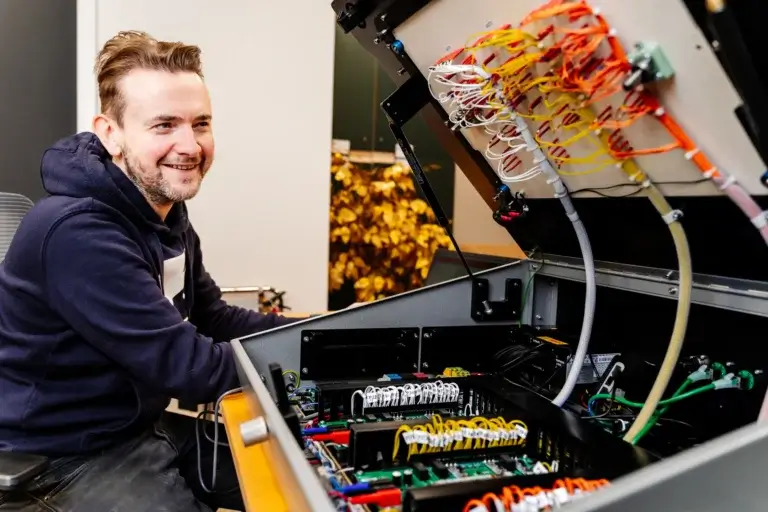How to Develop an Effective IoT Product Development Strategy
Developing a successful IoT product requires a well-defined strategy that aligns with your business goals, prioritises security and scalability, and leverages external expertise to accelerate time-to-market.
This article features insights from ByteSnap Design’s 17+ years of experience delivering winning IoT solutions for companies worldwide.
TL;DR
- Align your IoT product strategy with your overall business objectives and target market needs
- Design for security, scalability, and flexibility from the outset to improve chances of success in the market
- Partner with experienced IoT product development experts to reduce risk and accelerate time-to-market
Whether you’re just starting to explore IoT or have a clear vision for your product, ByteSnap can help you navigate the complexities of IoT development and bring your idea to life.
With deep technical expertise, proven processes, and a customer-centric approach, we’ll work closely with you to create a winning IoT solution that drives business results.
Contents
The Internet of Things (IoT) has revolutionised electronic product design – allowing developers to create smarter, more connected devices and systems that deliver better user experiences and drive business growth.
Industry analysts expect that by 2030, there’ll be over 29 billion connected IoT devices worldwide (Source: Statista), whilst the global IoT market is projected to reach $2.7 trillion by 2032 (Precedence Research)
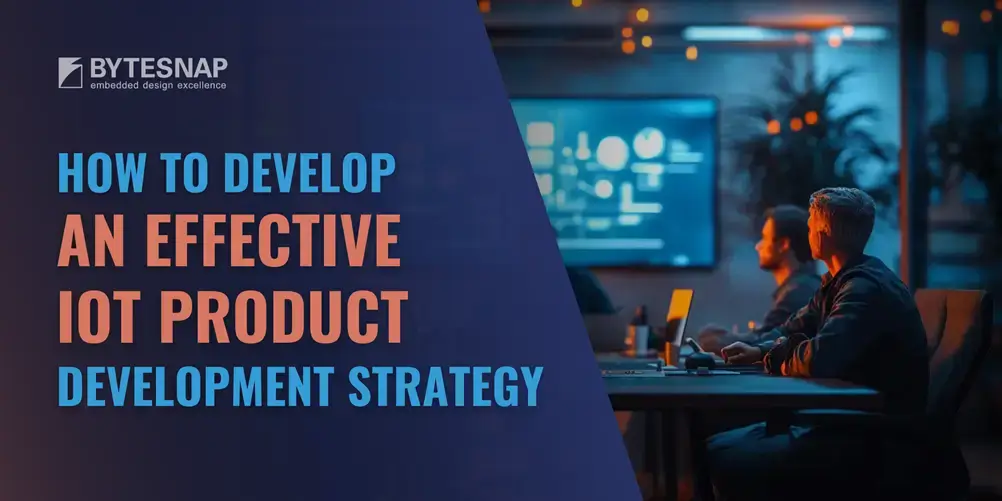
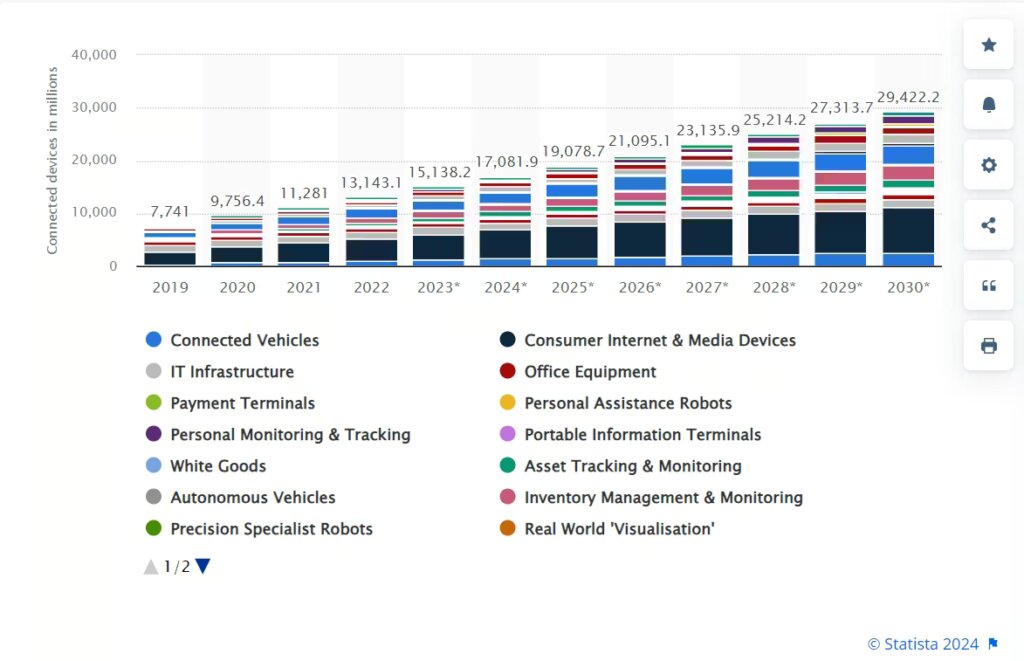
ByteSnap has over 17 years of experience helping companies worldwide bring winning IoT products to market.
Our team of more than 30 expert engineers has delivered hundreds of projects for clients across diverse industries, from smart home devices to industrial automation solutions.
We understand the complexities of IoT product development and the importance of getting your strategy right from the start.
Why the need for an IoT product development strategy?
A solid IoT product development strategy is essential for several reasons, as it:
- Ensures your product solves a real problem for your target users and delivers value
- Helps you prioritise features and make informed decisions about technology choices
- Allows you to plan for scalability, security, and compliance from the outset
- Provides a roadmap for development and go-to-market, keeping your team aligned and on track
- Positions your product for long-term success and helps you stay ahead of competitors
Without a clear strategy, you risk wasting time and resources on a product that fails to meet user needs, can’t scale to meet demand, or fails to gain traction in the market.
Here, we share insights from our experience to help you create a winning IoT product development strategy.
Aligning IoT Product Development with Business Goals
The first step in developing an effective IoT product development strategy is to align it with your overall business objectives.
What are you hoping to achieve with your IoT product?
Common goals include:
- Increasing revenue or market share
- Improving customer satisfaction and loyalty
- Gaining a competitive advantage through innovation
- Reducing costs or increasing efficiency
- Entering a new market or market segment
Understanding your high-level business goals will help you make informed decisions about your target market, product features, pricing, and go-to-market approach.
It’s key to define clear, measurable success metrics so you can track progress and make data-driven decisions.
Client example: Aligning businesses goals on a remote monitoring solution design project
However, the existing manual process was laborious rather than continuous, leading to remote monitoring efficiency shortfalls.
We worked closely with the customer to understand their business objectives and target market and helped them develop an IoT predictive maintenance solution that uses advanced sensors and digital signal processing (DSP) to detect issues before they cause downtime.
By aligning their IoT product strategy with their business goals, another of our clients – in the security sector – was able to cut out an unreliable supplier that was restricting their production while charging a premium for a substandard product.
Through working with ByteSnap to develop their own solution, this customer saved a hefty 30% in production costs.
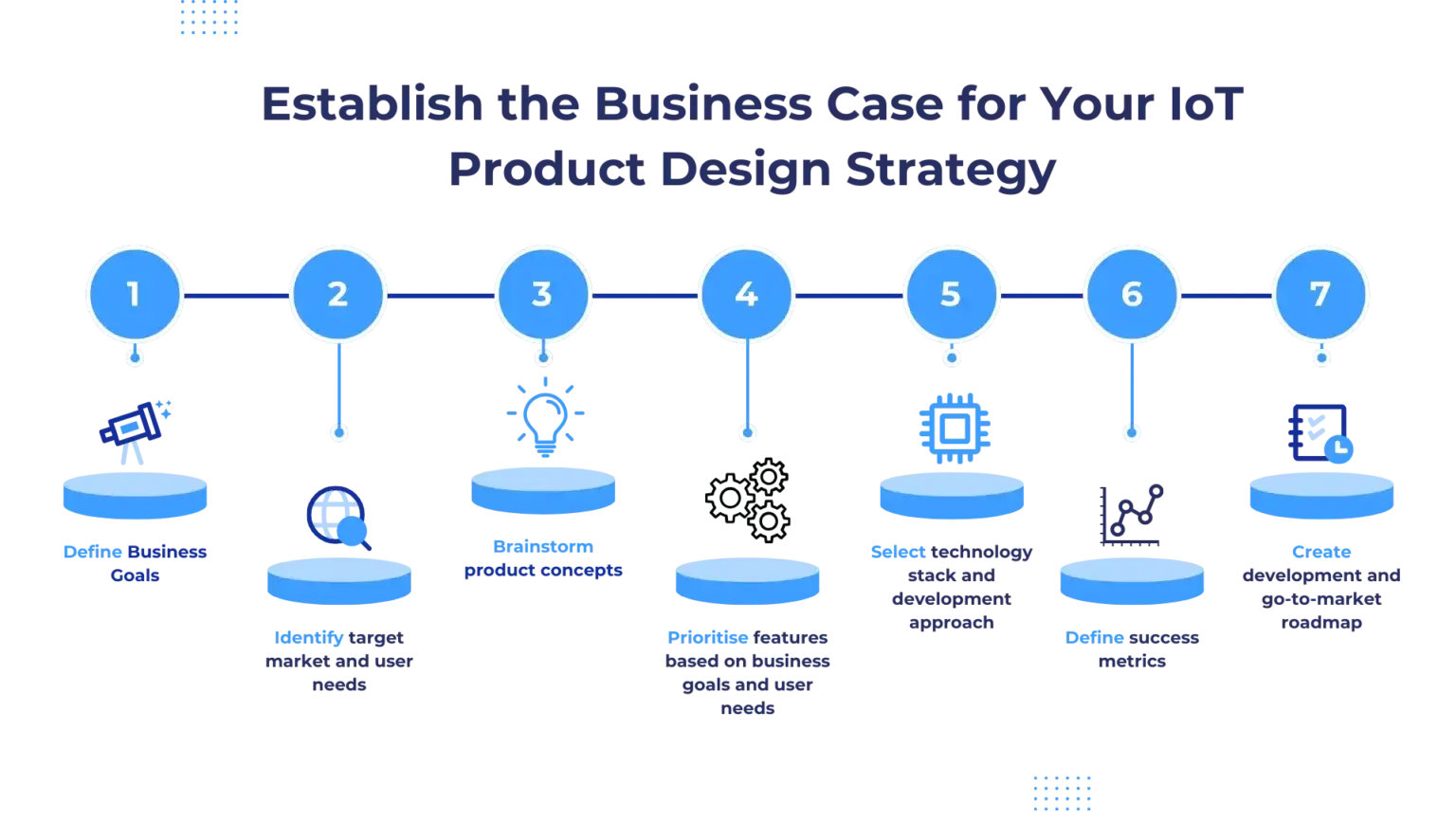
Designing for Security and Scalability
Security and scalability are among the most critical considerations when designing an IoT product.
A server handling IoT devices will need to hold an increased number of connections from devices and connected apps.
However, the IoT product itself doesn’t necessarily have any data change (if anything, you’re trying to minimise the data transfers as you may be paying for them in battery lifetime or other costs, such as a SIM plan).
As such – and with the increasing frequency and sophistication of cyber threats – IoT devices can be vulnerable to attacks compromising user data, privacy, and safety.
98% of all IoT device traffic is unencrypted, exposing personal and confidential data on the network (Source: Palo Alto Networks).
Best practices for building security in from the start include:
- Encrypting all data in transit and at rest using industry-standard protocols like SSL/TLS
- Implementing secure authentication and access controls to prevent unauthorised access
- Regularly updating firmware and software to patch known vulnerabilities
- Conducting thorough security testing and audits to identify and mitigate risks
- Designing with a “security first” mindset and considering security at every stage of the product life cycle
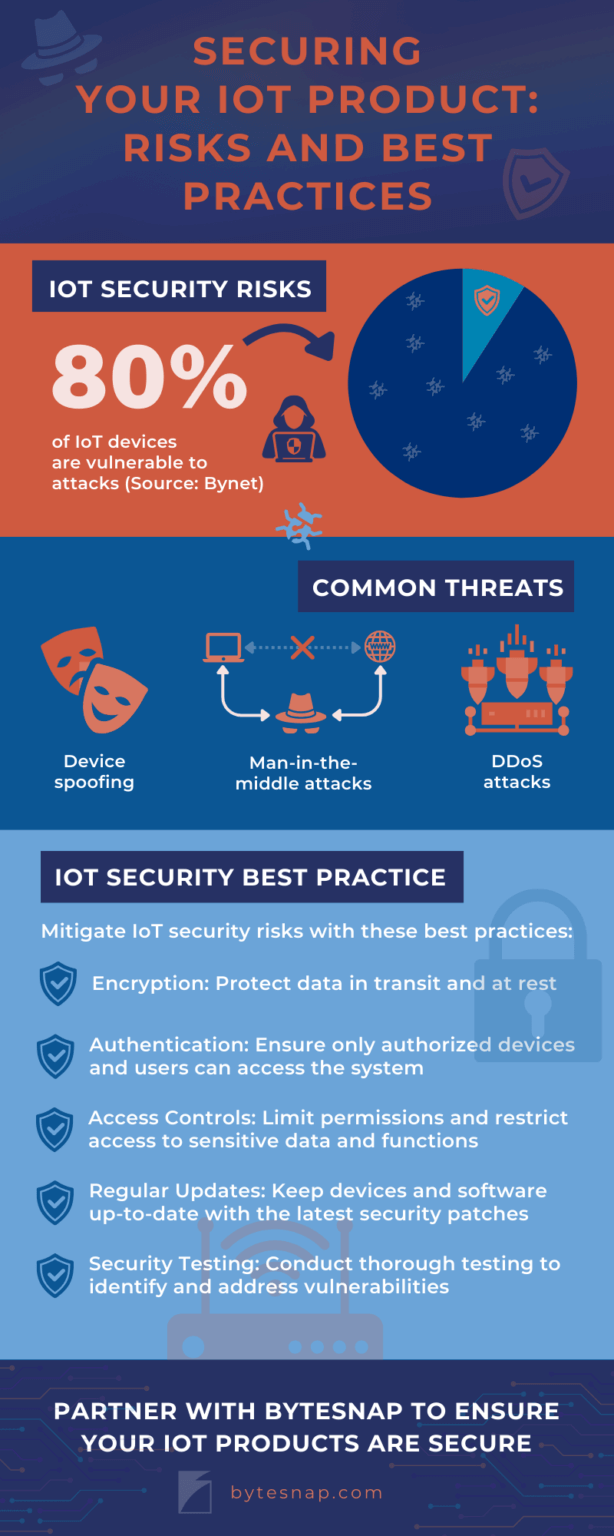
For scalability, it’s crucial to design an IoT architecture that can handle growth and adapt to changing needs. Best practices:
- Choosing a scalable cloud platform like AWS, Azure, or Google Cloud for backend infrastructure
- Using containerisation and microservices to create a modular, flexible architecture
- Designing for horizontal scalability, allowing you to add more instances to handle increased load
- Implementing efficient data management and storage practices to handle large volumes of data
- Load testing to ensure the system can handle peak traffic and identify performance bottlenecks
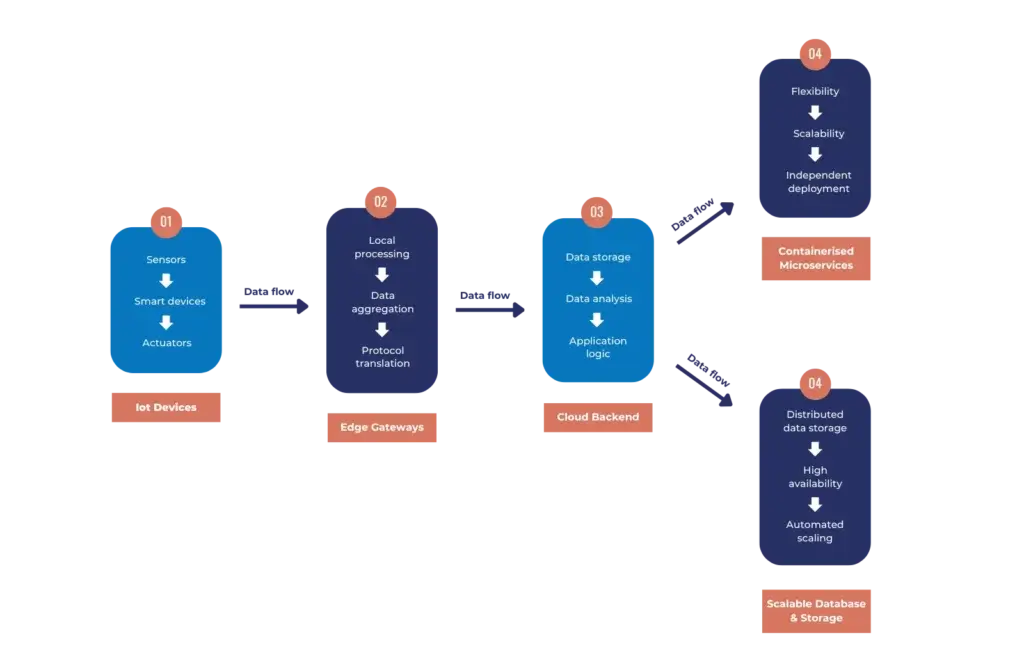
Security and scalability are top priorities in every IoT product we develop.
Our approach includes:
- Conducting a thorough security risk assessment and threat modelling exercise to identify potential vulnerabilities
- Implementing secure coding practices and using trusted, proven libraries and frameworks
- Performing rigorous security testing, including penetration testing and code reviews with the product
- Creating a detailed plan for ongoing maintenance, updates, and security patching
- Designing for scalability from the outset, choosing technologies that can grow
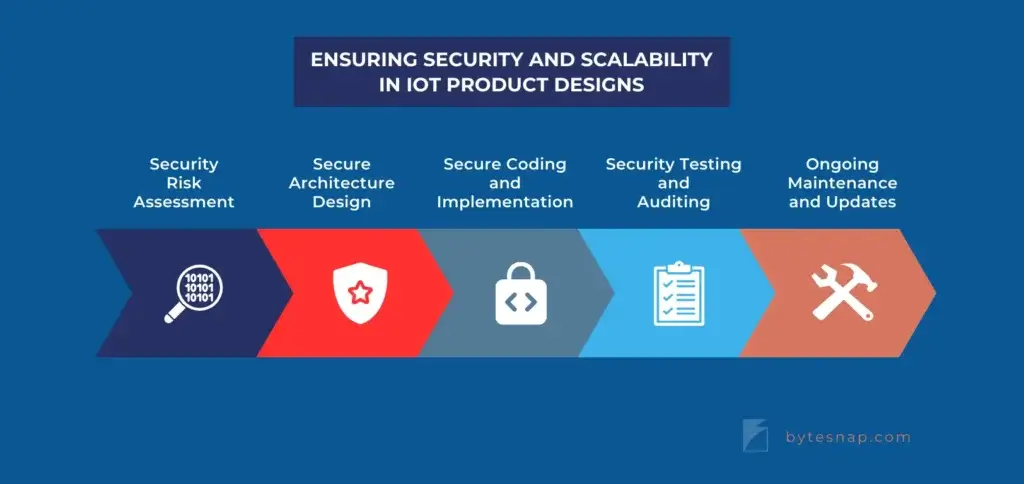
By building security and scalability into the product from the start, we help our clients create resilient, future-proof IoT solutions that can deliver long-term value.
Next, let’s look at how leveraging external expertise can help accelerate your IoT product development while ensuring a robust, scalable, and secure solution.
Leveraging External Expertise to Accelerate Development
Developing an IoT product in-house can be a complex, time-consuming, and resource-intensive process.
It requires a wide range of skills and expertise, from embedded software development to hardware design, cloud integration, and data analytics.
Also bear in mind that the IoT landscape is constantly evolving, with new technologies, standards, and best practices emerging all the time.
Partnering with an experienced IoT product design firm like ByteSnap can help you accelerate your development timeline, reduce risk, and bring a high-quality product to market faster.
By leveraging our deep expertise and proven processes, you can focus on your core business while we handle the complex technical details.
We offer end-to-end IoT product development services, from concept to production. Our team of over 30 engineers has deep expertise in all aspects of IoT development, including:
- Hardware design
- Prototyping
- Embedded software development
- Cloud platform integration and backend development
- Mobile and web app development
- Data analytics and machine learning
- FPGA development
- Security and compliance testing
- Manufacturing and supply chain management
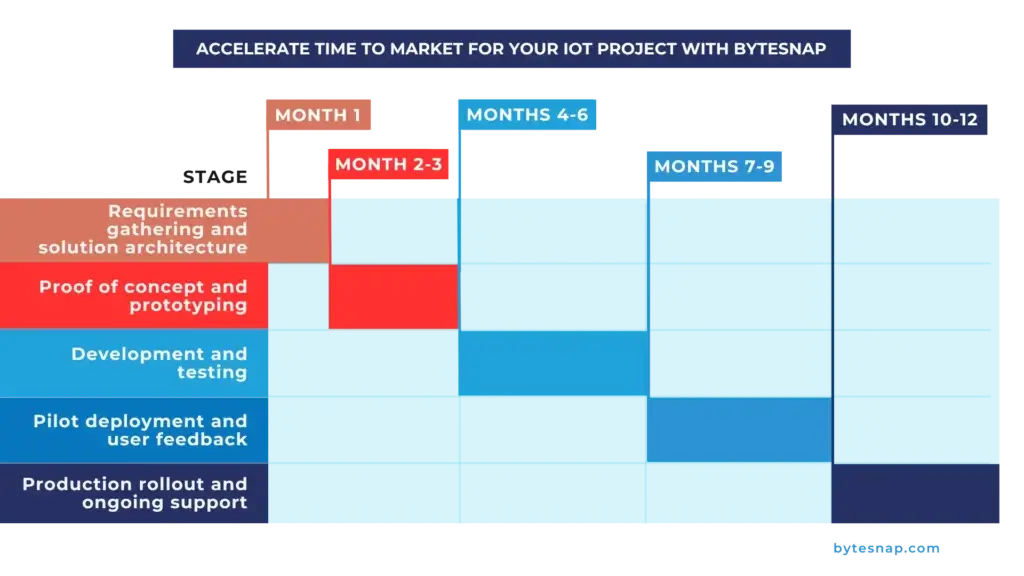
By partnering with us, you can leverage our knowledge and experience to create a winning IoT solution that meets your business goals and exceeds your customers’ expectations.
We work closely with you to understand your requirements, constraints, and vision, and create a customised development plan that fits your needs.
In addition to our in-house expertise, ByteSnap has a network of trusted partners and suppliers that we can bring in to support your project as needed.
This includes industrial design firms, certification labs, contract manufacturers, and logistics providers.
By managing these relationships and integrating their services seamlessly into your project, we can further accelerate your time-to-market and reduce risk.
IoT Product Design: In-house or Outsource?
Key Considerations | In-House Development | Outsourced Development |
|---|---|---|
Access to specialised skills and expertise | Limited to existing in-house team skills | Access to a wide range of IoT experts with deep knowledge and experience across hardware, software, cloud, and more |
Time-to-market | Longer development cycles due to competing priorities and learning curves | Accelerated timeline leveraging proven processes, best practices, and parallel development |
Scalability | Difficulty scaling team and resourcesup or down quickly based on project needs | Flexible engagement models and resource allocation to scale up or down as needed, without long-term commitments |
Access to latest tools, technologies and best practices | Requires continuous investment and training to stay up-to-date with rapidly developing IoT landscapes | Immediate access to cutting-edge tools, technologies, and best practices through ByteSnap’s partnerships and continuous learning culture |
Focus on core competencies | IoT development may distract from core business focus and stretch internal resources thin | Allows your team to focus on core business priorities while ByteSnap handles the technical complexities |
Post-launch support and maintenance | Requires ongoing investment in team and resources to support and maintain IoT product | ByteSnap offers flexible post-launch support and maintenance options to ensure long-term success and ROI |
Integration with existing systems and processes | May require significant changes to existing tools, processes and infrastructure | ByteSnap works closely with your team to integrate seamlessly with your existing systems and workflows |
IP ownership and control | Full control over IP and ability to build in-house expertise over time | Flexible IP ownership models and knowledge transfer to ensure you retain control and can continue to innovate |
Long-term strategic partnership | Limited ability to leverage external partnerships and ecosystem | ByteSnap becomes a trusted, long-term strategic partner invested in your success and supporting your evolving IoT needs |
Selecting Your IoT Product Development Partner
When selecting an IoT product development partner, look for a firm with:
- Deep technical expertise and a track record of successful projects
- A customer-centric approach and willingness to understand your unique needs
- Transparent communication and project management practices
- Flexibility to work with your in-house team and existing tools and processes
- Ability to support you throughout the entire product lifecycle, from concept to post-launch support
By leveraging external expertise, you can create a winning IoT product that drives business results and positions you for long-term success in the fast-growing IoT market.
3 Key Takeaways for a Winning IoT Product Development Strategy
Based on our experience helping companies worldwide create successful IoT products, here are three key takeaways for developing a winning IoT product development strategy:
1. Start with a clear vision and alignment with your business goals
- Define your target market, user needs, and unique value proposition
- Identify how your IoT product will support your overall business objectives
- Establish clear success metrics and KPIs to track progress and ROI
2. Design for security, scalability, and flexibility from the outset
- Incorporate security best practices at every stage of the product life cycle
- Choose an architecture and technology stack that can scale with your business
- Build in flexibility to adapt to changing market needs and user requirements
3. Partner with experts to accelerate development and reduce risk
- Leverage the expertise of an experienced IoT product design specialist
- Focus on your core competencies while letting your partners handle the technical complexities
- Collaborate closely with your partners to ensure alignment and seamless integration
These principles will help you create an IoT product that not only meets the needs of your users, but also drives long-term business success.
Drive Business Success By Developing a Solid IoT Product Development Strategy
deep expertise, proven processes, and the right tools and technologies.
That's where ByteSnap comes in. With over 17 years of experience delivering successful IoT solutions for companies worldwide, we have the knowledge, skills, and track record to help you bring your IoT vision to life. .
From concept to production, our team of expert engineers will work closely with you to design, develop, and deploy
a winning IoT product that meets your business goals and exceeds your customers' expectations
Whether you have a clear idea of your IoT product and need help with implementation, or you're just starting to explore the possibilities of IoT for your business, we're here to support you every step of the way.
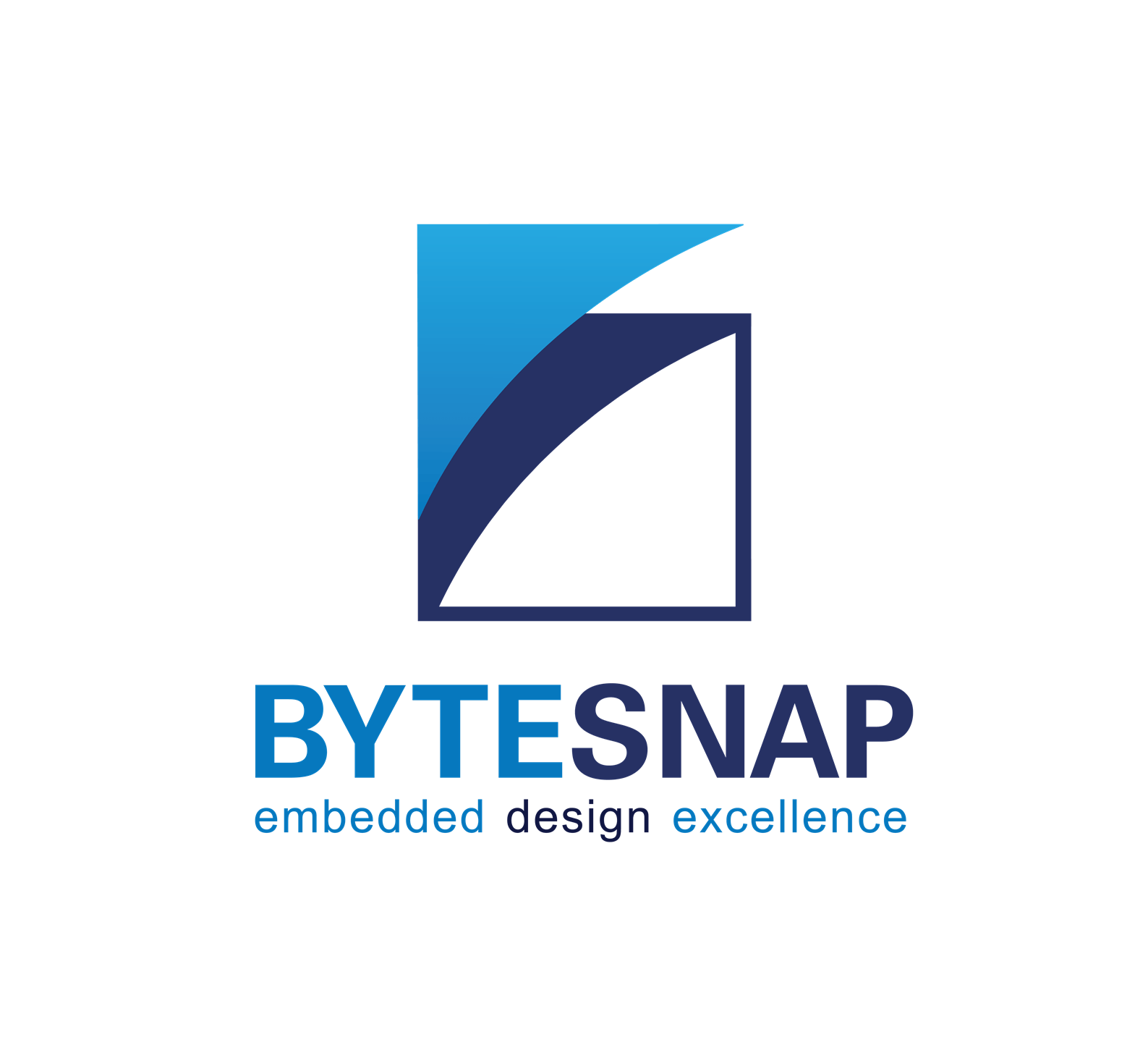
Founded in 2008, ByteSnap Design is an award-winning embedded systems design consultancy, offering a comprehensive range of services across the electronic product development lifecycle.
A highly skilled team of over 40 hardware and software engineers, our expertise spans several sectors, including IoT, automotive, industrial, medical, and consumer electronics.
The engineering consultants on the ByteSnap Editorial Team share their knowledge and practical tips to help you streamline your product development and accelerate designs to market successfully.
With their deep technical expertise and practical experience, they aim to provide valuable insights and actionable tips to guide you through the complex world of electronic product design and development, to help you bring innovative, reliable, and secure electronic products to market quickly and cost-effectively.




